
Like all living things, the beautiful flowers that adorn the garden, lush shrubs and trees sometimes get sick. What diseases can lie in wait for green Pets and how to protect them from diseases?
It happens that after the lush flowering of trees, we expect the same abundant fruiting, but … the fruits, not maturing, begin to somehow shrink and shrink. Or on the leaves of your favorite rose appear ugly rusty spots, and all the shoots of honeysuckle in the blink of an eye are covered with a white coating.
All these grim signs say that the plant is in trouble and it needs to be urgently saved. But how do you know what it is? After all, both treatment methods and their success depend on the diagnosis. And all sorts of diseases that threaten garden plants, a huge number, and to deal with them is not always easy even for a specialist, because often the symptoms of different diseases are very similar. Let’s figure it out.
What are the diseases of plants
Plant diseases can be divided into two large groups: non-infectious and infectious. Non-infectious, or physiological, diseases occur due to adverse environmental effects or improper care. If a plant suddenly stops growing or is too long, its leaves turn yellow and dry, turn pale or curl, the buds fall off as soon as they are tied, or do not form at all — these are sure symptoms of a lack or excess of nutrients, or the acidity of the soil does not meet the requirements of this plant…

Or maybe your site is characterized by the proximity of ground water or increased soil density. It is possible that the plant was affected in winter by frosts or in spring by long-standing meltwater or return frosts, and problems may arise from a lack of sunlight or an excess of it (for shade plants).
Dangerous mechanical damage — breakage of branches caused by an abundance of fruit, wind, snowfall or icy rain. There are also so-called anthropogenic factors: soil contamination with heavy metals, air pollution, mistakes of the gardener — for example, incorrect or untimely pruning, misuse of chemical means of protection, improper use…
What should I do? If the disease occurred due to a lack or excess of some nutrients in the soil, the wrong water regime, then it can be stopped by analyzing the situation and creating suitable conditions for this plant. Well, if the disease has gone too far and the entire body is severely affected (root and vascular systems), then this instance, alas, will have to part.
The most common among physiological diseases are sunburn and chlorosis.
Sunburn of plants
Plant burns are most often received, strange as it may seem, in the second half of winter, when bright Sunny days are combined with frosty nights.
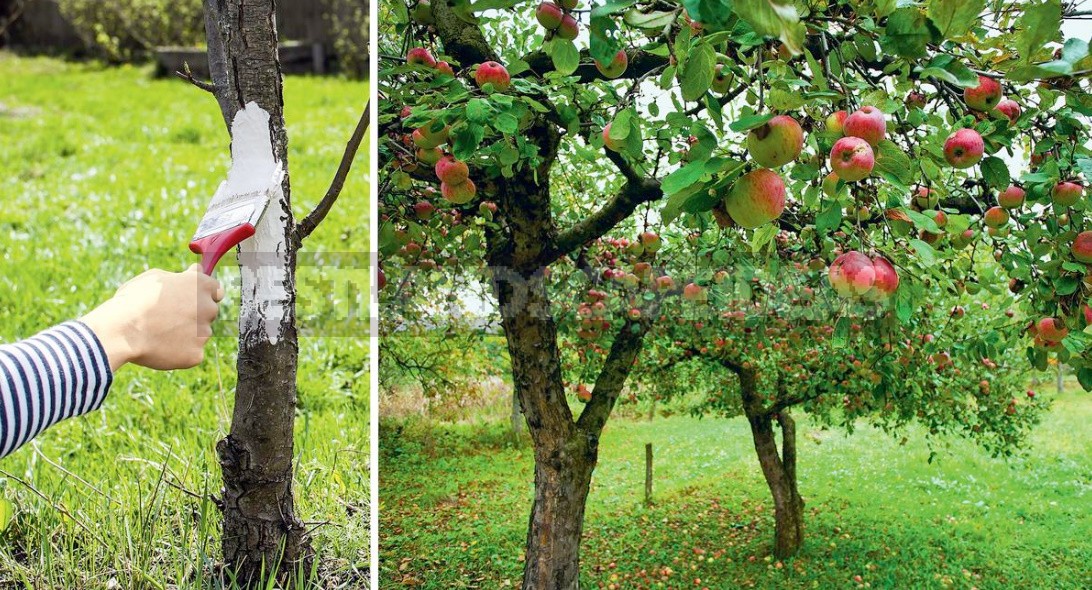
When a tree or shrub” wakes up “ahead of time, it actively” starts ” life processes, becoming vulnerable. When a burn first kills the surface tissue, and then the site of the lesion spreads deeper.
To prevent this from happening:
- select varieties that are slightly exposed to burns,
- do not overfeed plants with nitrogen,
- whiten the trunks or tie the plants for winter.
If the burn occurred:
- clean the dead bark,
- trim the affected branches,
- cover the “wounds”with garden water.
Chlorosis
With chlorosis, the plant breaks the formation of chlorophyll in the leaves and reduces the activity of photosynthesis. The leaves turn yellow first along the veins, and then completely. The causes of the disease are very many: lack of iron, magnesium, zinc, high pH values, poor soil aeration, high concentration of sodium and calcium salts in it.
Having established the cause, treat the plant with appropriate top dressing: iron, magnesium, zinc salts, normalizing acidity, improving soil aeration.
Physiological diseases are dangerous not only in themselves, but also because they open the way to all sorts of infections. In weakened plants, bacteria and fungal spores easily penetrate through damaged tissues, and waterlogged soil, high humidity and summer heat are an extremely favorable environment for their rapid development.
Infectious diseases of plants
Infectious diseases got their names “thanks” to pathogens: bacterial and fungal. They are manifested by unsympathetic spots on the leaves and trunks of the plant (all sorts of spots), mildew-like deposits, growths, rotting of roots, stems and leaves, and necrosis of tissues.
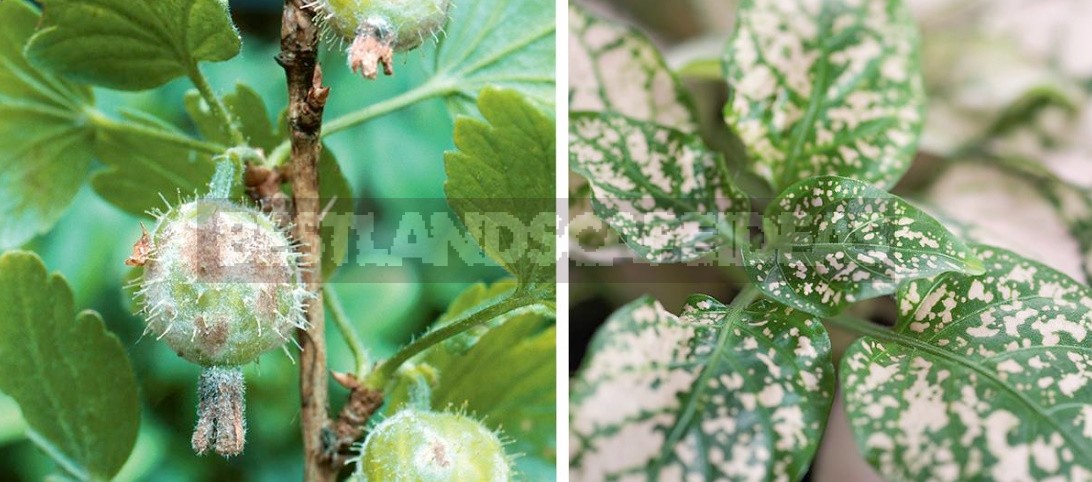
First aid for such symptoms is only surgical! Immediately remove the damaged parts until all the spots and growths have covered the entire plant, and the infection has entered the vascular system and spread to all parts of the plant body.
To prevent and cure fungal diseases, use medications containing copper. And other fungicides-substances that can protect plants from pathogenic fungi and destroy already developing ones.
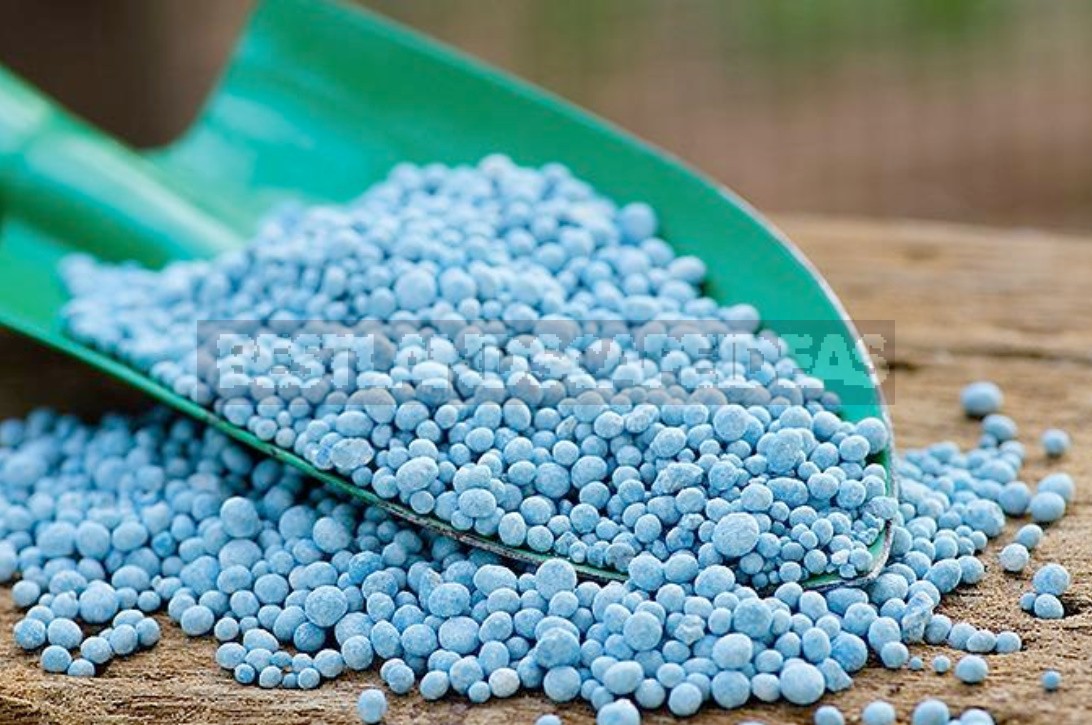
Today, there is a large selection of such products on sale, among them there are contact or local preparations that protect the surface of the plant, and systemic (complex) — that penetrate into plant cells and suppress the spread of the disease throughout the body. In addition, fungicides are divided into chemical and biological (the active substance in them is bacteria that cause the death of pathogenic fungi). The latter are less toxic, non-addictive and do not accumulate in the soil, so they are increasingly preferred.
However, all fungicides should be applied in strict accordance with the instructions, observing safety precautions. If you start treating fungal diseases immediately, until the entire plant is affected, then most of them can be defeated. If the disease is systemic, the roots or trunk are affected — it is more difficult to save the “patient”. It is better to get rid of it, so that the disease does not spread to “neighbors” — other plants, and does not take the character of an epidemic.
What diseases can cause the fungus?
Monilia and Cherry leaf spot
Monilia and Cherry leaf spot — a dangerous disease of stone fruit trees destroyed once many cherry orchards.

Preventative measures help to protect against them — spraying with honey-containing preparations and other fungicides before budding, during budding and after flowering. In case of damage to individual branches, cut them off as soon as possible with the capture of healthy tissue.

Rust
Rust is a fungal disease that can affect almost all trees and shrubs. They have different symptoms, but the common one is the presence of pustules, from which after maturation, spores of the fungus fall out, similar to rusty powder. For some rust pathogens, an intermediate host is needed. For Apple trees, for example, it can be juniper. Therefore, when planting plants, it is better to spatially isolate them from intermediate hosts, and also prefer varieties that are resistant to rust. To prevent the disease, spraying with fungicides will also help.
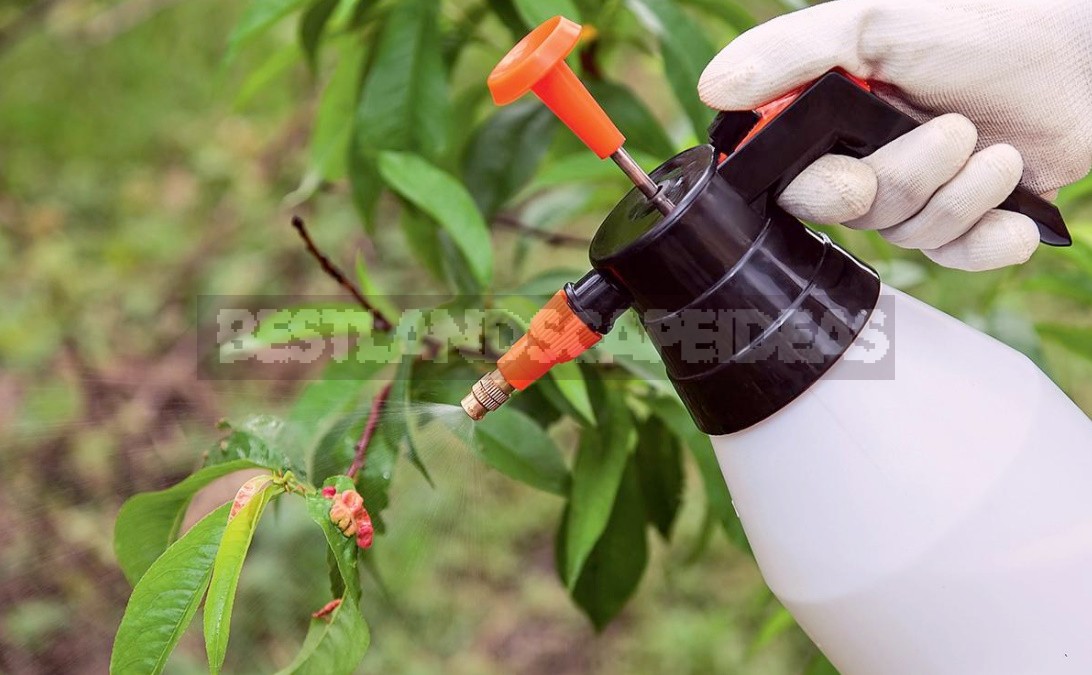
Rots
Rot-diseases that cause the death and decomposition of tissues. Most often there are fruit rot, white and gray, stem rot.
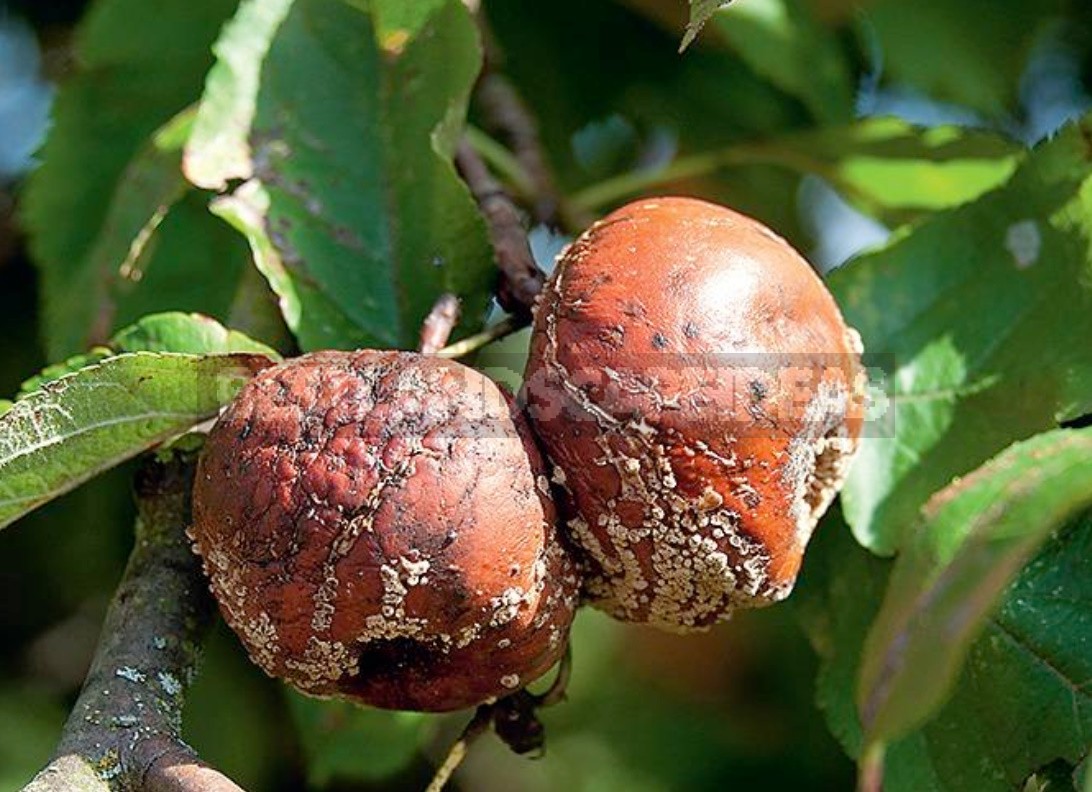
You can only fight this scourge by destroying (burning) rotten fruit, cutting off diseased shoots, spraying with iron vitriol or Bordeaux liquid (before flowering, during the period of fruit tying and twenty days after the second spraying).
Infections can also be viral: their carriers are insects or fungal spores. Sometimes viruses enter the body of a plant when it is pruned, pinched, or divided.

But recognizing a viral disease can be difficult. Because with good care and regular feeding, the symptoms may be almost non-existent or very weak. Sometimes viral infection is expressed in deformity and delay in the growth of leaves or the entire plant (dwarfism). But most often it appears as spots, stripes, dashes or rings of different intensity on leaves, stems and flowers. The reason for this mottled coloring is usually a mosaic virus or a virus that causes ring spotting. Often this does not look at all intimidating and does not always lead to the death of the plant.
But remember: the virus carries a potential danger to other plants that may not be as resistant. Unfortunately, they have not yet come up with a cure for viruses, so it is desirable to get rid of the diseased plant after all.
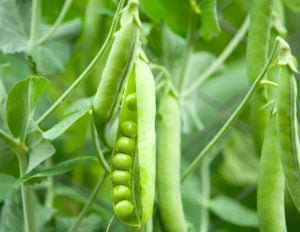
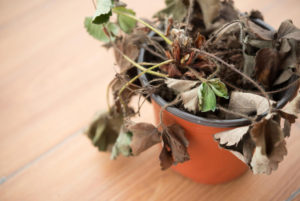


Leave a Reply